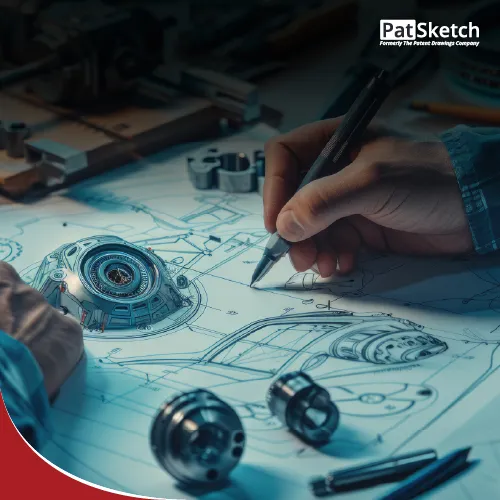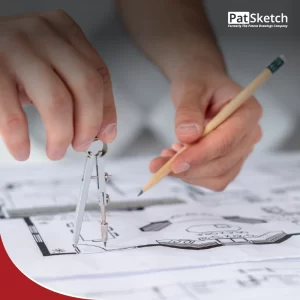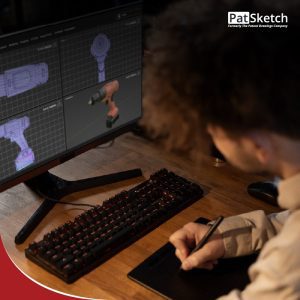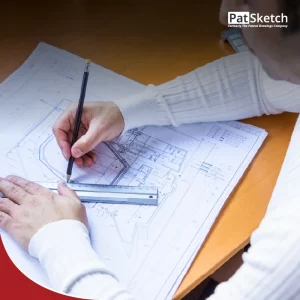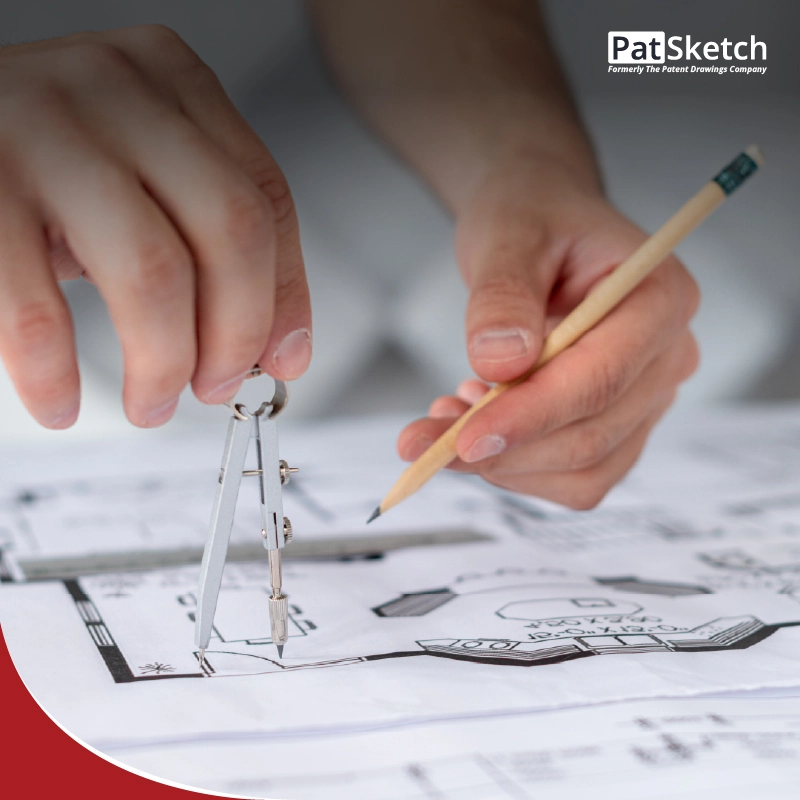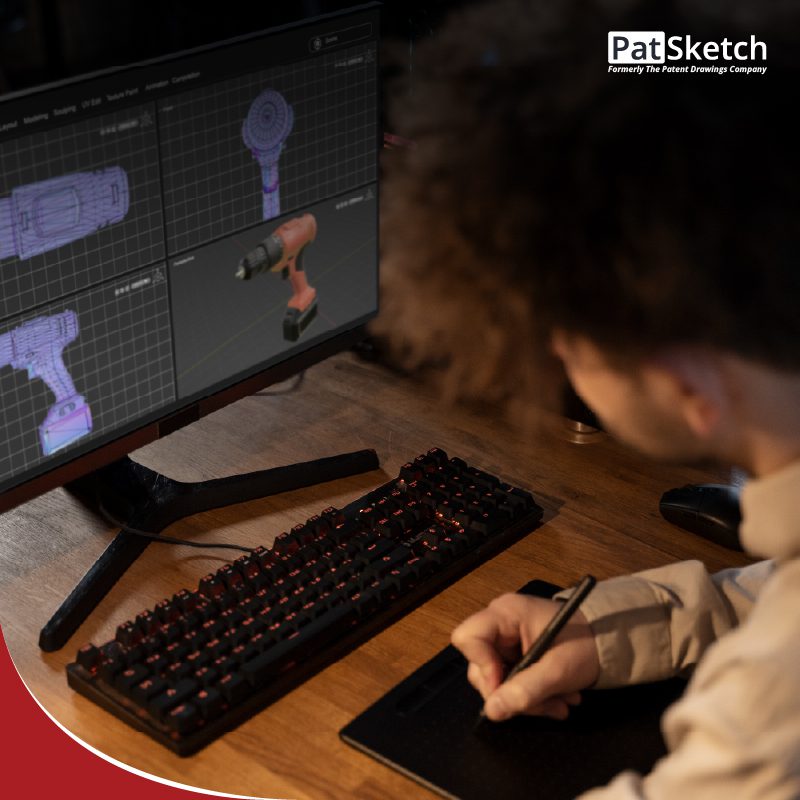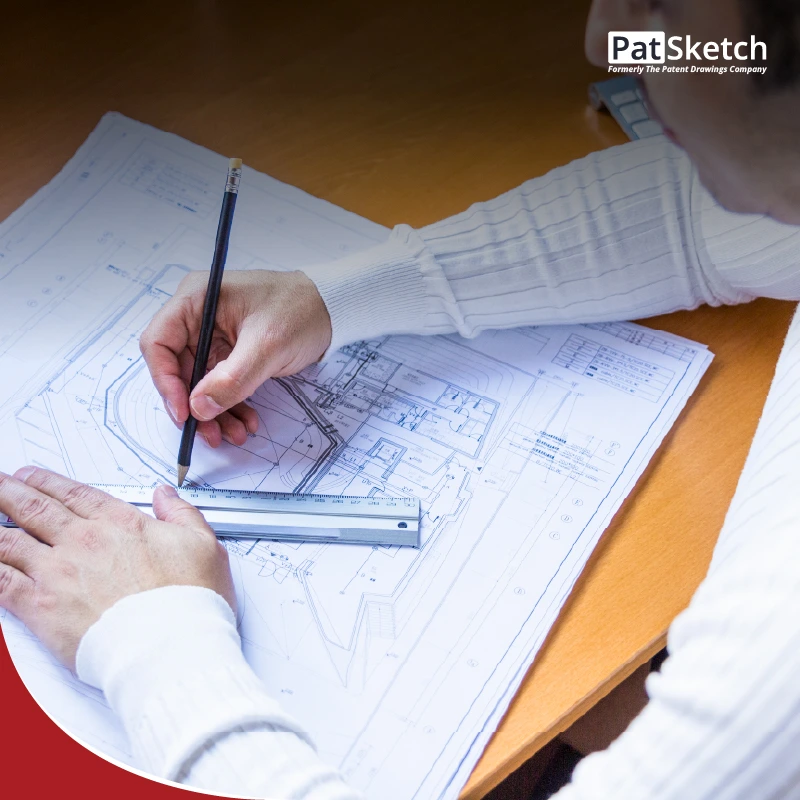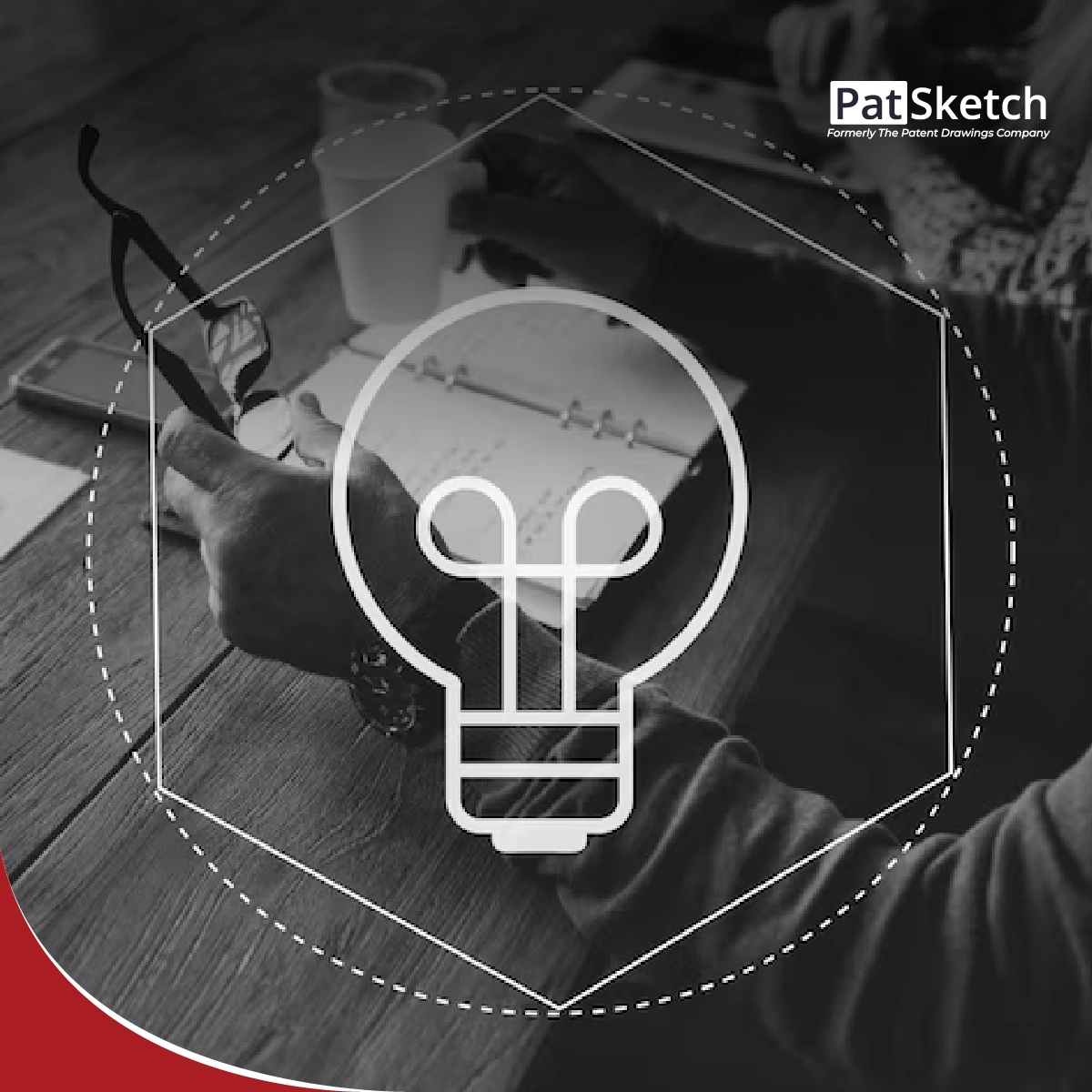Utility refers to a term that describes the use of any good or service used by the customer. Similarly Utility Patent refers to a patent that defines the usefulness of a new or improved product, machinery, process, or matter composition. It is also known as a ‘Patent for invention’.
Although Utility Patents are hard to obtain, consume much time, are expensive, and difficult to write and understand they serve the greatest advantage to the owner. When the application is submitted during the filing process, the invention is labeled as ‘Patent pending’ and a notice is circulated. The Patentee can seek payments from another party on behalf of Patent policies if they tried to infringe or misuse their invention at the time of ‘pending’ status. Moreover, they are divided into three subcategories according to the functioning of the invention:
- Electrical
- Chemical
- Mechanical
Filing requirements Utility patent
An invention must fall under the following categories to be eligible for the Utility Patent Filing:
- It should be a Novel.
- Must remain unknown to the public or undescribed in any Publications.
- It may fall under invention types like machines, the composition of matter, processes, articles of manufacture, etc.
- It must be non-obvious.
- Must be specific and user-friendly.
You must not waste much time in filing for a Utility Patent if the invention qualifies for filing. The one who files the Patent first is considered the Inventor.
Types of Utility Patent Application
There are two general types of Utility Patent Applications:
1) Provisional Patent application
We file a Provisional Patent application to fix a filing date. This ensures the registration of the invention and provides 12 12-month time period for Filing the Non-provisional Patent application. It provides the invention with a status of ‘Patent pending’ which helps to prevent infringement of the Invention during that period.
Form requirements:
- Title for the Invention.
- The motive behind the invention.
- A detailed written description of the Invention.
- The steps involved in making the Invention or components of the Invention.
- Mentioning the usefulness of the Invention for the public.
2) Non-Provisional Patent application
It is a little bit of a complex type of Patent application process. You must prefer an experienced professional to avoid any type of error.
It must include the following key points:
- Detailed illustration of the Invention in the form of drawings.
- An oath that claims the invention as your intellectual property.
- Datasheet of the application.
- A statement that consists of a minimum of one claim.
- Fees are required, including the cost of patent search, filing, and also examination.
How to file a Non-Provisional Patent application?
- The most important step is to ensure that your idea is useful and new.
- Then you must make sure that the Invention or the elements of Invention do not disobey another Patent in any way. It requires a thorough Patent analysis or search.
- The next step is to work on the Patent application; it requires drafting claims and scientific details about the Invention while considering the UPSTO guidelines.
- Then you must file the Patent application along with the Patent filing fees.
- USPTO then assigns an examiner for the application and they may ask you for additional information or details and you must act accordingly.
- The final step is waiting for the decision, positive results provide you with a Patented Invention, and on rejection, you may appeal the decision later.
Considerable facts
You must name the inventor correctly and consider the inventors as combined inventors if more persons are related to the invention. However, they may use the license solely. Anyone may question the validity of the Invention even after the Patent issue. Crosschecking is valid at any stage of the Patent grant process. Utility Patents have a validity time of 20 years, but you must pay the maintenance fee every six months. Your Patent might get canceled if you fail to do so.
USPTO Fees for Utility Patents
| Utility Patent Fee Description | Standard Fee | Small Entity Fee | Micro-entity Fee |
| Paper Filing Fee | $280 | $140 | $70 |
| Non-Electronic Filing Fee | $400 | $200 | $200 |
| Electronic Filing Fee | $280 | $70 | $70 |
| Search Fee | $600 | $300 | $150 |
| Examination Fee | $720 | $360 | $180 |
| Issue Fee | $960 | $480 | $240 |
| 3- 4 Year Maintenance Fee | $1,600 | $800 | $400 |
| 7-8 Year Maintenance Fee | $3,600 | $1,800 | $900 |
| 11-12 Year Maintenance Fee | $7,400 | $3,700 | $1,850 |
PatSketch: Your Trusted Partner for High-Quality Patent Drawings
Our services at PatSketch include patent drawings and trademark drawings, patentability searches, design patent searches, engineering drawings, and 3D Modelling. We strive to provide patent drawing services at the lowest prices. Our services are provided by experts who have worked in the field for years. We offer the most flexible output formats and ample expertise. Contact us to hire experts who will deliver the best results.

